Sell like a Pro: Consultative Selling Techniques
1. What is consultative selling?
2. Traditional vs. consultative selling
3. Benefits of consultative selling
4. Process and principles
5. Techniques
6. Skills
Useful tools:
1. Newoldstamp - Email signature marketing
2. Mailchimp - Email builder and sender
3. Hubspot Email Marketing - Marketing automation platform
4. MailerLite - Landing page builder
5. Canva - Online tool for making designs
Building strong, meaningful relationships with your customers and ensuring them a great experience is the best way for your company to survive in a competitive market.
Without a strong relationship, you risk losing customers. According to statistics, poor customer experience is one of the top reasons for them to stop doing business with companies. And when people are treated well, they are more likely to remain loyal to your brand.
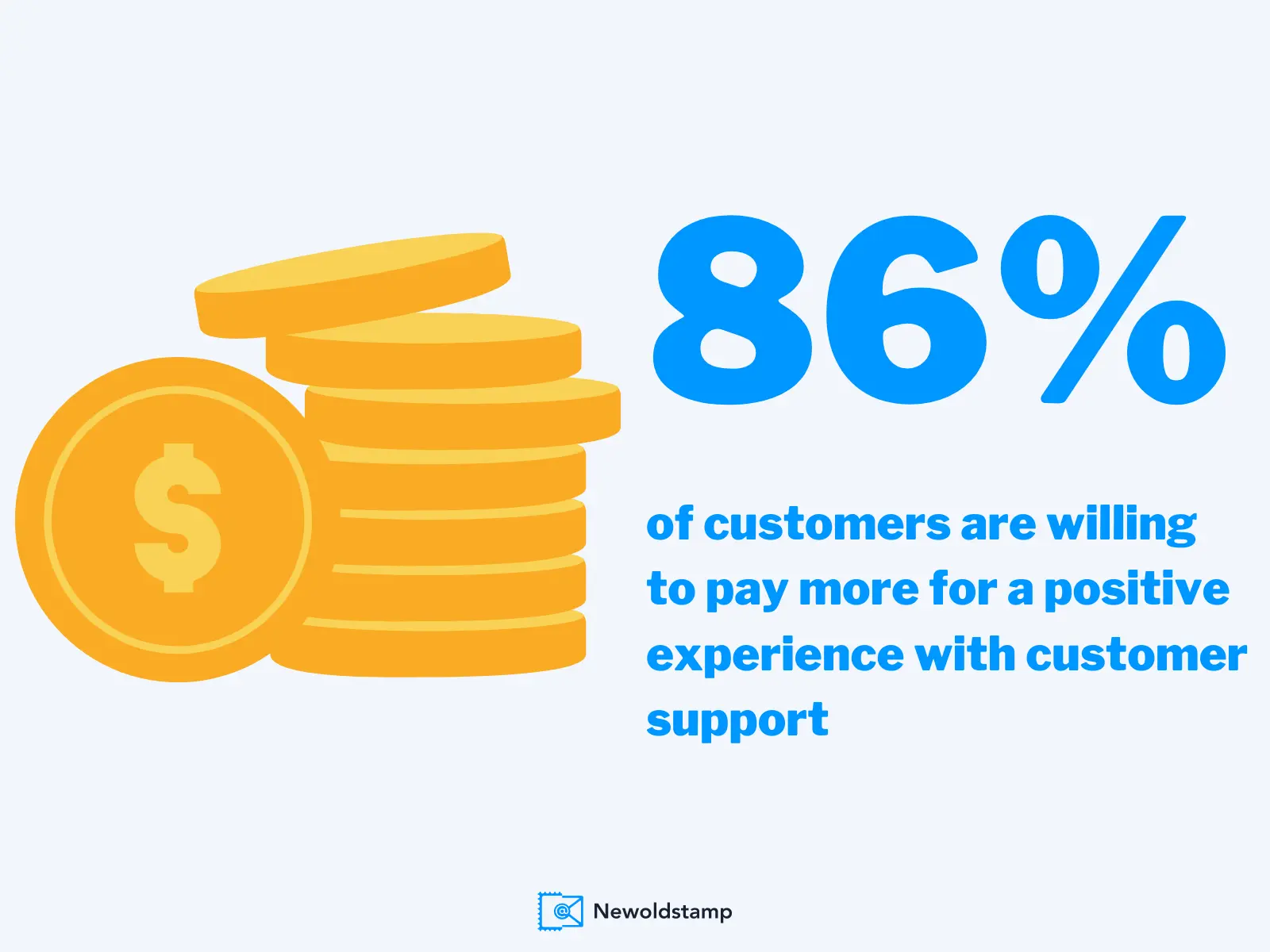
In general, consultative selling means focusing on your customers, their needs, and their problems before you even think about offering a product/service as a solution.
In this article, we will talk about the benefits of a consultative selling approach and share with you several practical tactics to implement as soon as possible.
What is consultative selling?
Let’s define consultative selling.
The term “consultative selling approach” first appeared in Mack Hanan’s book in the 1970s. Since that time, salespeople all over the world have begun to apply consultative sales techniques to build trusting relations with their potential buyers. The consultative approach is characterized as understanding customer’s needs in the first place and then positioning offerings as solutions to their problems.
And this makes sense. When deciding on purchasing anything, a buyer seeks the trust of the seller before spending any money. The more you earn that trust, the more likely you sell what you have to offer.
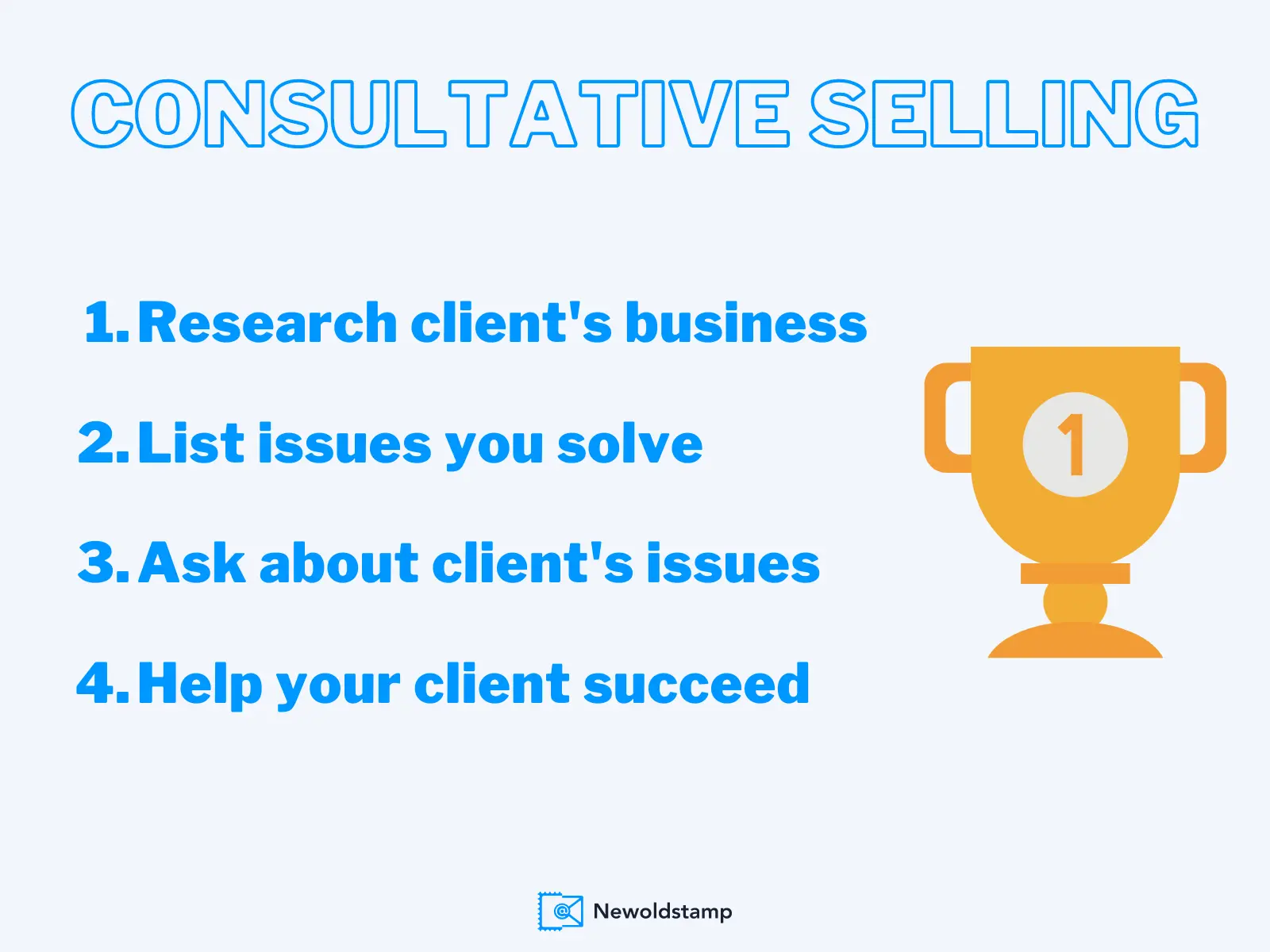
What is the difference between a traditional and a consultative selling model?
Consultative selling is not simply about selling products. It’s all about the dialogue between a salesperson and a customer. It’s when the salesperson becomes a business partner. To show the differences, we will look at Mark and Robert, two salespeople at a car dealership.Mark follows a traditional selling approach, also known as transactional or product-based selling. When customers come into the dealership, Mark’s first step is to find out what they are looking for. Once Mr. Customer says that he is looking for a small car, Mark shows him the car selection area. Once the customer shows interest in a particular model, Mark starts using his closing skills to finalize the deal as soon as possible. For instance, in case the decision maker isn’t yet ready to buy, Mark introduces a “special offer” that gives the client an excellent opportunity to get a discount if they are willing to make the decision right now.
Conversely to Mark, Robert follows a consultative selling model. When Ms. Customer tells him what car she is looking for, Robert starts asking the right questions: why she is interested in it, what her requirements for the car are, etc. Once the customer explains her needs, Robert might walk her over to the car selection area, and then show two or three other models that would meet those needs and explain why he suggests exactly those cars. Robert’s goal is not to finish the sale quickly but to locate a solution that best meets the client’s needs and have them happy with the purchase.
Why consultative sales techniques matter?
Looking at these consultative selling examples, you can see the difference between traditional sales and consultative selling techniques. The sales consultant Robert didn’t try to force a product onto the client but instead worked with her during a consultative sales process to uncover what she really needed.
It has already been proven by many salespeople in different industries that you can make more money if you use a consultative selling method rather than a traditional one. Not only will you close a higher percentage of your deals but you feel a much greater sense of self-worth because you have the power to help your clients solve their problems.
| Product-based selling approach | Consultative selling approach |
|
• Emphasis on features |
• Emphasis on value |
Core benefits of consultative selling
Sales professionals that adopted the consultative selling approach observe the increased number of successful transactions, greater customer satisfaction and loyalty. Not only does consultative selling benefit your business, it benefits the customer too. Such consultative selling advantages include better product or service understanding, increased consumer awareness, and more trust to sales reps.
Consultative selling process and principles
While you may understand consultative selling benefits and goals, you may not understand what a good sales consultant must do.
Investigate your prospect
Before calling or meeting a new client, try to get as much information about them and their needs as possible. However, remember that googling your potential buyer’s name and the company they are working for isn’t enough.
First of all, evaluate the prospect. Are they interested in your product or service at all? Are they the decision maker in their company? If you are talking to someone who has zero buying power, you are just wasting your time.
Evaluate your prospect’s personal tastes. Explore their profiles on social media platforms such as Facebook, Twitter, or LinkedIn. Perhaps you or any of your colleagues have a common connection at your targeted company.
Be prepared to answer questions about both your product and your competitor’s product or service.
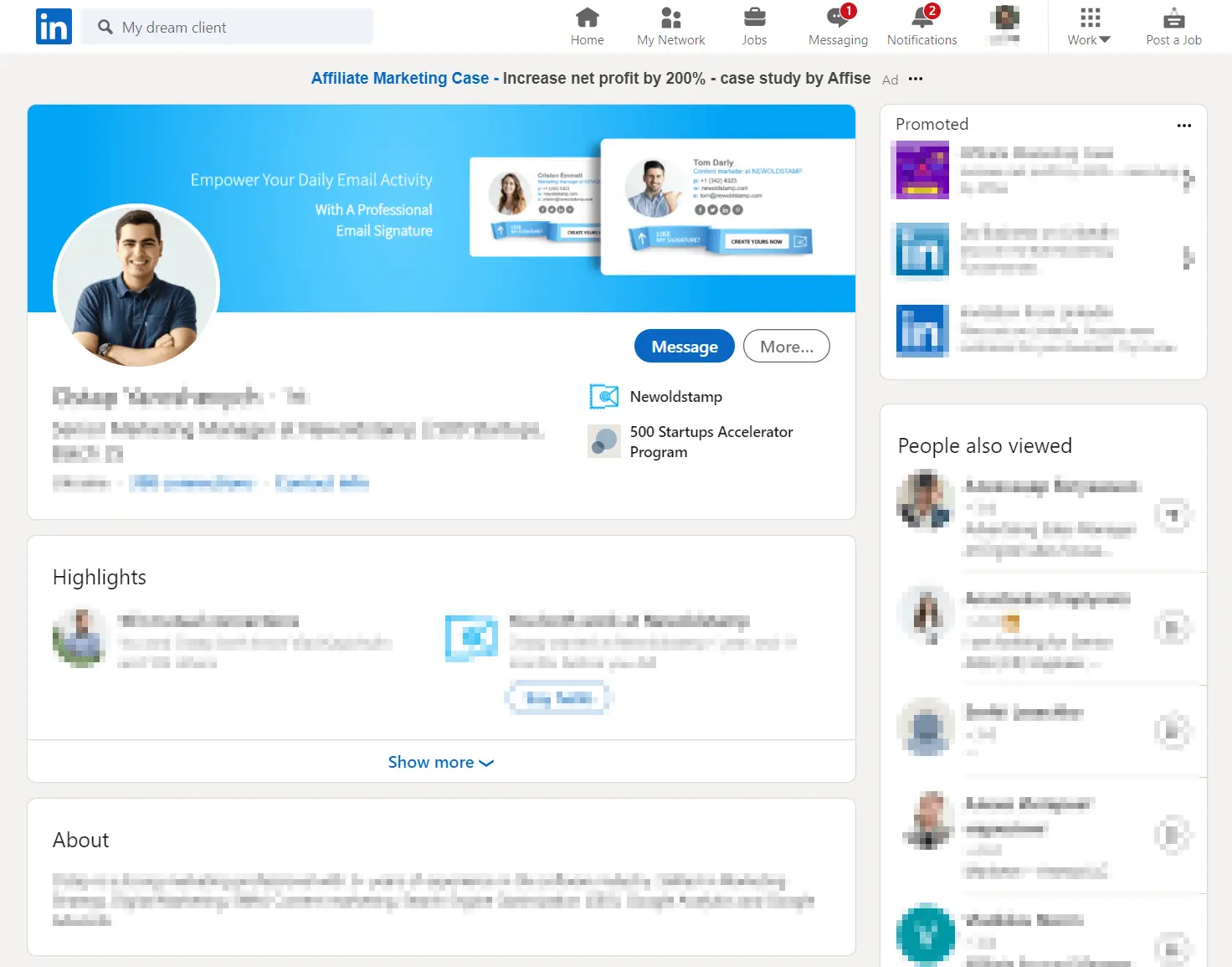
Don’t hesitate to ask but do it wisely
When you want to find out the customer’s needs, straightforward questions can make a bad impression about you and scare them off. Start to ask questions that are basic and simple. For example, your company offers professional email signatures. There is no need to immediately ask: “Would you like to try out our signatures for emails?”
Instead, start from afar and ask:
- “How many people work in the company?”
- “How many of them use email regularly?”
- “Do they all use email signatures for marketing/branding purposes?”
This way, you will not only receive information that allows you to form an offer for the client but also you could give rise to the idea that they need your product or service.
Listen carefully
Your questions don’t make any sense if you are terrible at listening. You need to remember everything the client says, and even try to read between the lines. Make sure to avoid asking questions you prepared beforehand as no one likes to talk to a robot. Ideal consultative selling is when you speak less than your customer.
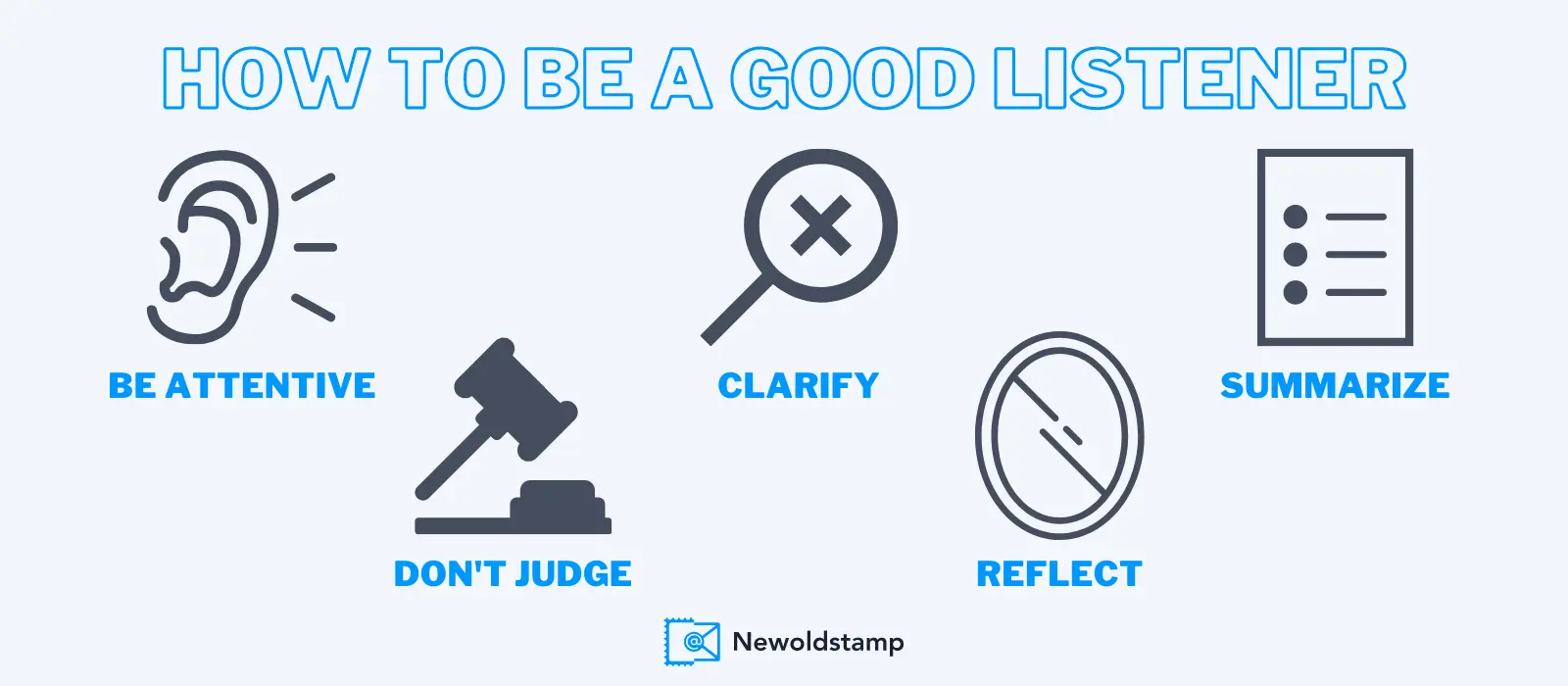
Besides, coaches on consultative selling techniques always emphasize that in order to be a successful salesperson you need to develop active listening skills.
Active listening means you can:
- Put aside distracting thoughts;
- encourage the speaker to continue with small verbal comments like "yes," "uh huh," "I agree."
- use the sentences like "What I'm hearing is," "Sounds like you are saying," "Is this what you mean?" to clarify certain points;
- summarize the prospect's comments periodically;
- allow the speaker to finish each point before asking any additional questions;
- not interrupt.
Don’t hide your personality
Once again, remember about your personality. People don't like talking to bots.
Don’t be too formal, try to show your position why you are also interested in doing a deal. Keep in mind that the idea of selling this way is to show your potential buyer that you are a real person who can be a trusted advisor and a good problem-solver.
Find out motivations
People often resist changes, but there are three main motivations that force the buyer to go for them (in our case — to purchase your product or service). In descending order, they are pain, fear, and pleasure. When talking to your prospect, try to find out what kind of “pain” they have, what they are afraid of (for example, to lose or miss something), what would give them pleasure. Now, you have as many as three effective leverages of influence at hand.

No rush, no delay
According to consultative sales principles, your task is not to sell the product at any cost, but to establish a trusting, long-term relationship with your client. Sometimes they need time to think and consult with the team. Give them that time. But what if the prospect goes silent and you lose the sale?
First, you can follow up with some piece of information that reveals the topic you discussed recently in more detail.
Still no answer? Try sending an email gently asking if they require any additional information about your product or service. Ask what stops them from making the purchase but do not be too salesy or pushy.
Pro tip: Motivate your prospect to answer you back by saying something like “Looking forward to hearing from you” or even combine it with a relevant email signature that shares, for instance, a link to schedule a call with you or other relevant links.
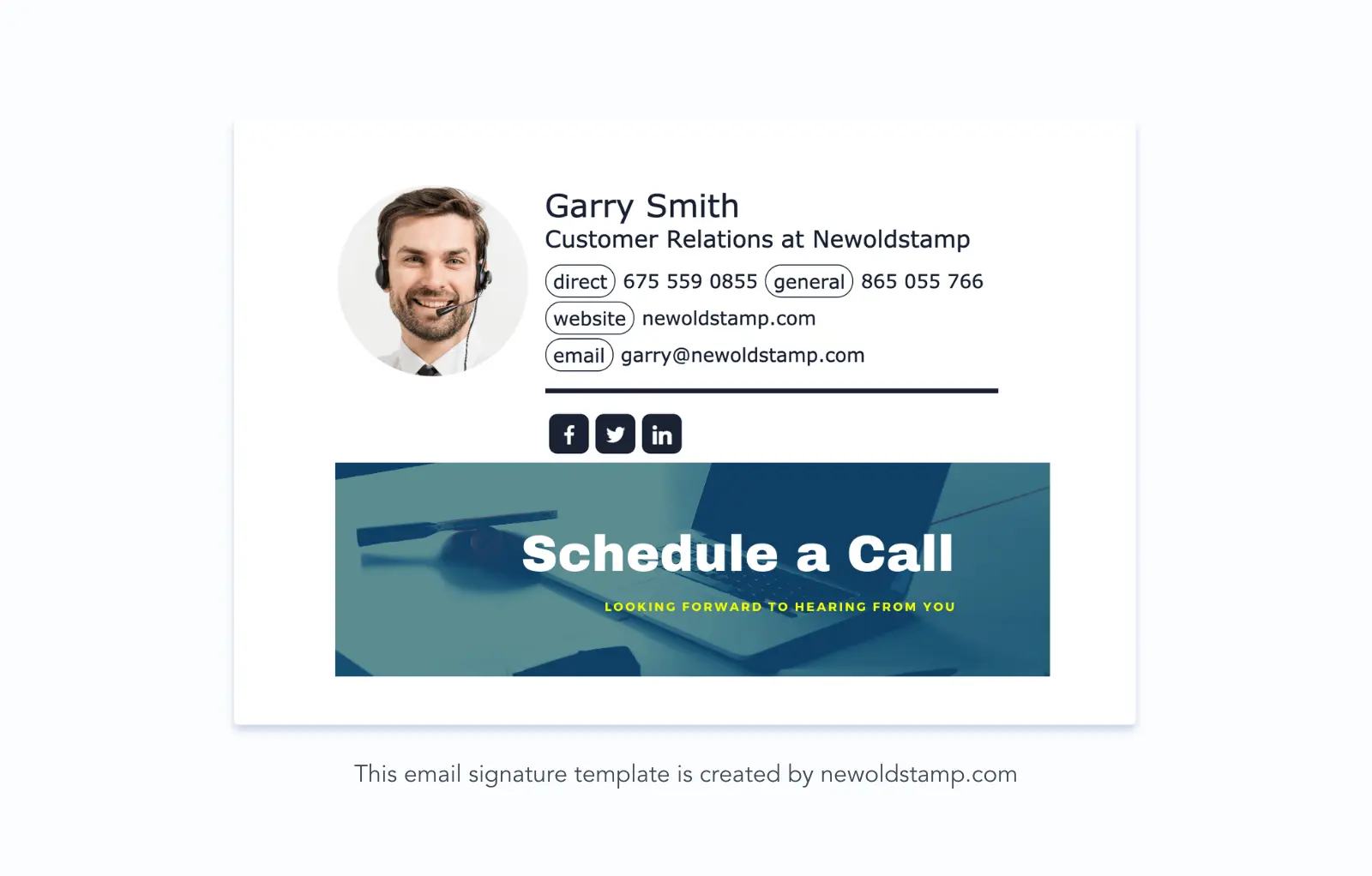
Learn to take “No” for an answer
Sometimes a person isn’t just going to buy anything from you no matter how good you and your product are. Why? Some prospects have already made their decision for a different solution but just wanted to compare it with your product. Others probably were trying to get valuable advice and ideas. If the client decided to leave, just let them go.
Consultative selling techniques
To make the consultative selling process really work, you will need to master the following sales techniques:
Use inbound techniques to educate your customers
Inbound marketing is a technique for drawing customers to your brand, products, or services via the promotion in blogs, podcasts, videos, eBooks, white papers, webinars, email newsletters, social media, and other forms of content marketing. The goal of inbound marketing is to earn users' interest, rather than buy it. Outbound marketing (cold calls, radio, TV, and social media advertising), as opposed to inbound marketing, buys the attention of the audience.
Inbound marketing focuses on creating quality content that can help your audience answer the questions they have. Keep in mind that good content is relevant content. Also, it should highlight your personality, be valuable for the reader, and even solve a problem.
Create buyer’s journey to guide prospects
As a rule, before becoming a customer, a person goes through a so-called sales funnel. This funnel consists of different stages which number depends on different factors such as your industry, business model, product or service, pricing, and your target audience. However, the three main parts of the funnel are:
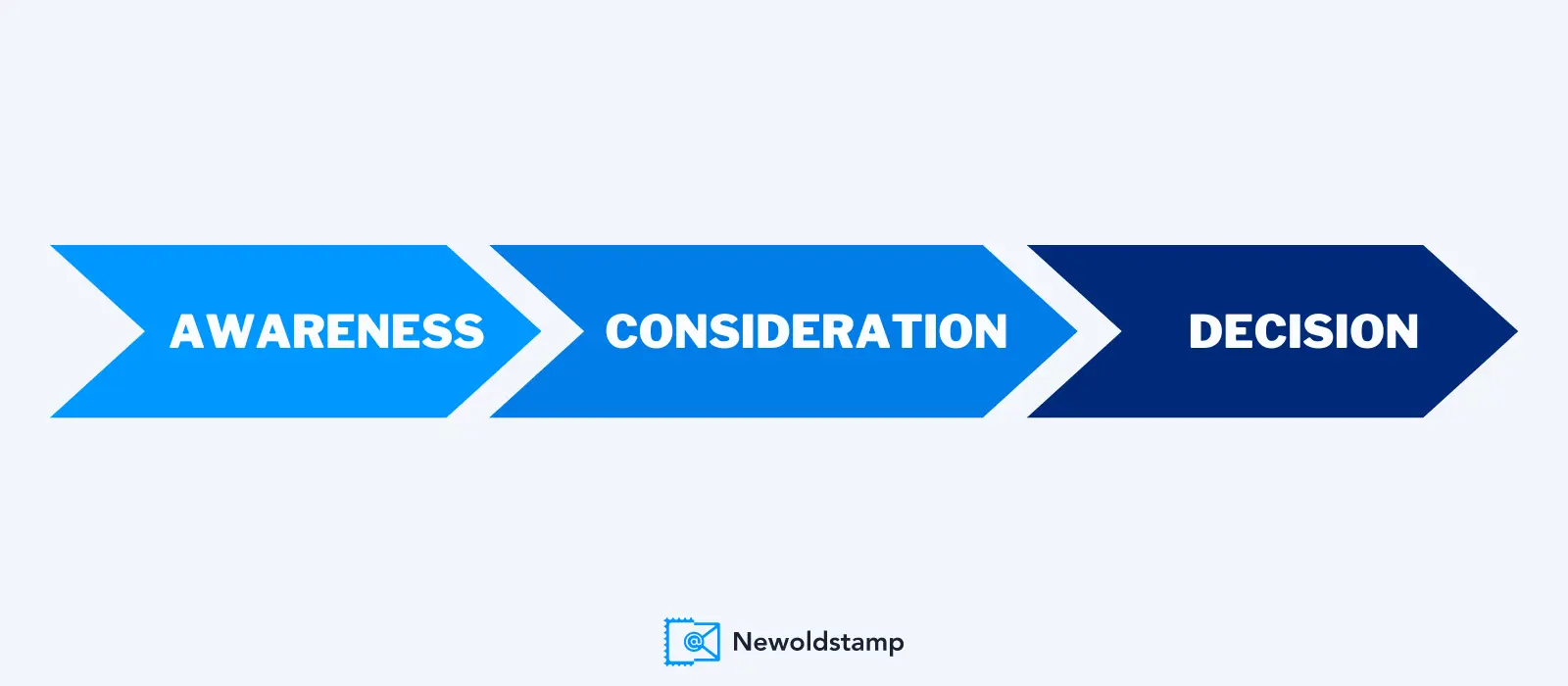
- The top. At this point, people are looking for answers and trying to solve some problems. Now, there is no guarantee that they will buy from you. But those who will find your content helpful may proceed to the next stage of the funnel. Keep in mind that your content should be focused on your prospect's pain points — not your brand, product, or service;
- the middle. Once your prospects begin to realize that they have a particular pain point, they start researching in order to find out if your solution is a good fit for them. When creating content for this stage, supply people with material that helps them evaluate you and your products. Use demo videos, product descriptions, data sheets, and case studies;
- and the bottom. At the end of the journey, you may already get brand-specific with your content. Use tips for using your product more effectively and efficiently, customer reviews, and testimonials.
At every stage, do not write your content to convince people they should buy your products, write to give them value! And even after you accomplished your goal — prospects turned into buyers, support your users and keep them interested. Someday they may recommend you to their friends and business partners. Create easy-to-understand help documentation, special offers, useful how-tos, etc.
Build trust in relations
Nowadays, Google search is one of the default solutions to solving any problems. Anyway, in addition to online research, customers might still need advice from a trusted expert. The most effective way to build trust with a prospect is to start doing what Google search still can’t do: position yourself as an expert in the buyer’s business and provide the personalized advice that encourages a purchasing decision.
With the proper research you’ve done beforehand, it would be so much easier for you to show your credibility and expertise. Also, remember to ask broader questions about your prospect’s pain points and listen to them intently. Your goal is to allow the customer to become relaxed enough to tell you what they are concerned about.
Focus on clients’ problems, not selling
As mentioned earlier, understanding your prospects' problems is crucial for effective consultative selling. Note that the emphasis is on what the buyer wants and needs, not what you want and need from them.
Consultative selling skills
Selling is a process of communication. To use this communication efficiently and strengthen their consultative selling approach, sales reps should develop and practice certain skills.
Become an industry expert
To be a good consultative seller, you do need to become an expert in the buyer’s business. To achieve this, read newspapers, industry journals, trade publications, and other sources of business information at least 30 minutes a day, collect and analyze testimonials from previous customers, learn from your competitors, research all of your prospects on the web.
Start taking notes
To capture as many details as possible, take notes during the conversation with your prospect. This not only helps you to remember what happened earlier but also shows respect for a prospect's time. It would be good if you explain to the customer why you are going to do this. However, keep in mind that you shouldn't look at your notebook more than at your conversationalist.
Use positive words
Sometimes making customers feel more confident and relaxed during a meeting is not easy. By choosing your words wisely, you can put people in the right positive mood.
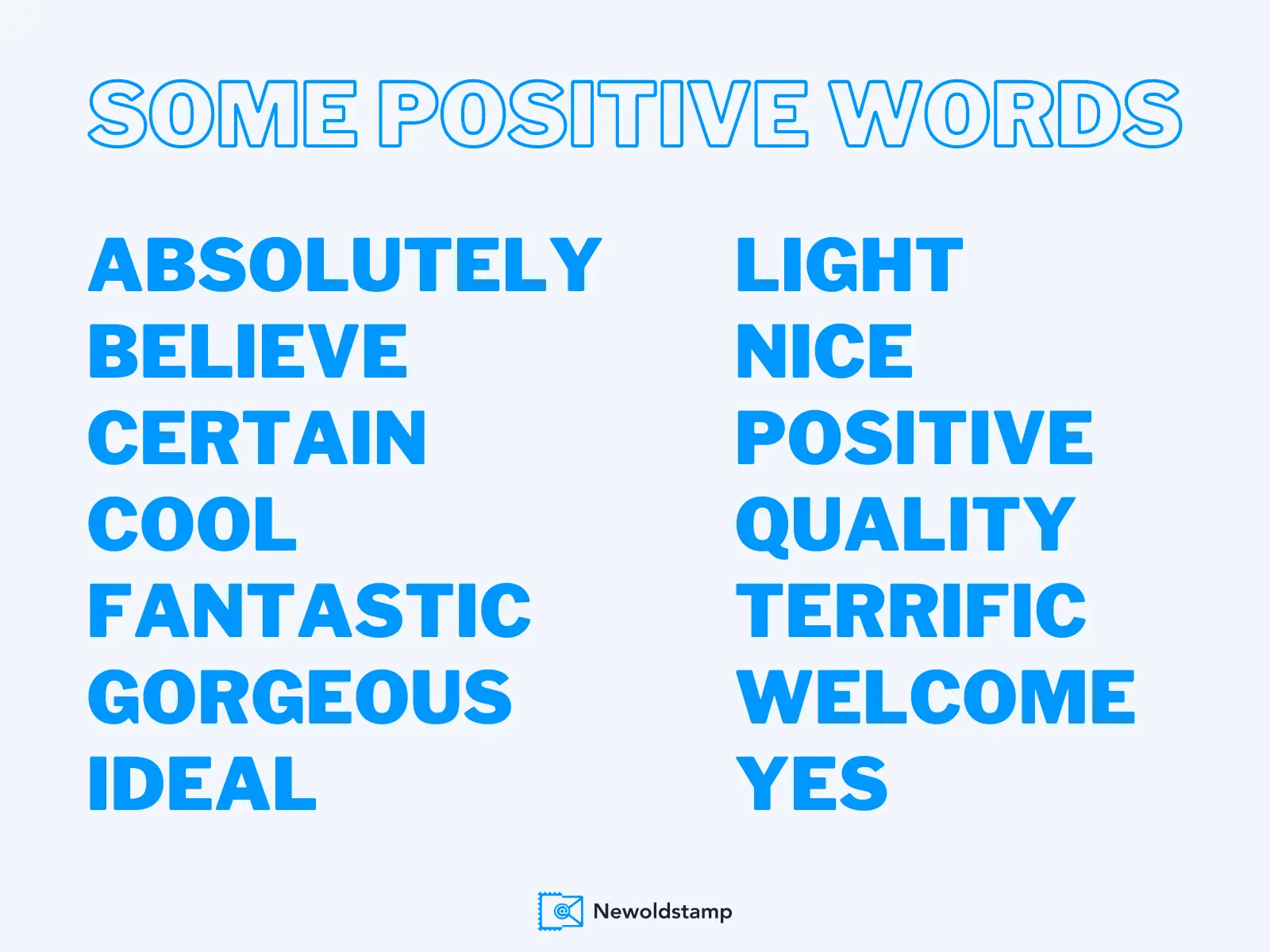
First and foremost, always remember and use your prospect's name. It helps make a connection and shows respect. Also, be careful with terms and industry jargon as those can make people feel dumb and uncomfortable.
To stay positive, learn to use language that exudes optimism and encouragement. Did you know that the words like “definitely,” "absolutely," “certainly,” “fantastic” and “terrific” trigger positive feelings? Next time when you talk to your prospect, say "absolutely" instead of a dry "yes".
- Can you do this by March?
- Absolutely!
Other words that elicit positive emotions include: “free,” “profit,” “breakthrough,” “easy,” “incredible,” “winning,” “benefit,” “immediately,” “quality,” and many others.
Let's go even further and compare the word pairs below:
price - investment
test - evaluation
product - solution
feature - benefit
trial period - demo period
According to studies, customers prefer the words from the right-hand column. How about you? Do you agree they sound more positive than the words from the left column?
Language choices to avoid
Phrases like “to be honest,” “to tell you the truth,” and “honestly,” should just disappear from your language. They make the listener think that what you previously said was not truthful.
Even if the answer is “No,” not to sound negative, never ever say something like “Unfortunately, I can’t do this for you by Friday.” Why wouldn’t you say something nice like “John, I’d be happy to help you, but I need more time to deliver everything in the best shape. How about next Tuesday?”
Lead beneficial conversation for both sides
Speaking of a consultative selling methodology, remember that it's all about relationships in the first place. Only when a buyer and a seller (consultant) act as partners, they can build a bridge to mutual profitability.
To deliver a successful conversation, make sure you:
- Interpret the buyer's needs correctly;
- have done enough to develop trusting relationships with your prospect;
- focus on providing benefits, not your service, product, and its features.
Conclusion
Consultative selling is about understanding your customers' needs and looking for solutions to address these needs in a comfortable, relaxed manner rather than being pushy. By asking intelligent questions, listening, and relating your product’s capabilities to your customers' needs, you'll help your prospects make a purchase decision in your favor. Consultative selling will be perfect if you are selling a high-value B2B product or service. Now let's walk through the best tips for successful consultative selling one more time.
- Gather data in advance and ask questions wisely;
- use facts, not your assumptions;
- focus on time and financial benefits for your customer;
- remember, sometimes it's better to pull back;
- use more personal approach to each client;
- give recommendations not related to your product;
- use storytelling;
- train and motivate your sales team.



